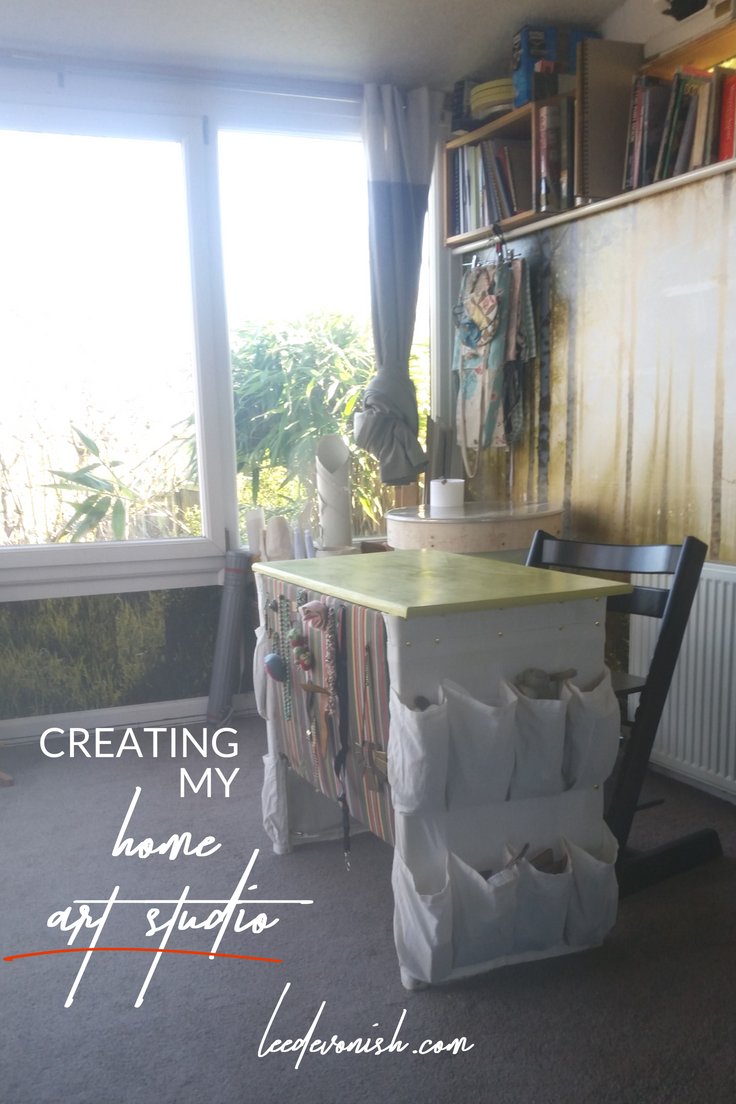The psychology of blog post titles: how being mean gets you readers
Do you want more visitors and subscribers to your blog? Of course you do – we all do. How can you get them? You’ve probably searched all over the internet, and I’ll bet you’ve found lots of articles.
Which ones did you click on?
I’ll bet you found three kinds of posts:
1. The negative-biased post
2. The survivor-biased post (or reverse-engineered success post)
3. The clickbait post
All of these draw on basic principles, which I call the psychology of blog post titles. What do I mean?
The Negative Post
Negative bias is real.
Bizarrely, it’s been proven that people are more likely to click on your headline if it contains negative superlatives like ‘never’ or ‘worst’ rather than positive ones like ‘always’ or ‘best’.
Even stranger, people respond to being manipulated by fear.
If you scare them witless and then promise them the solution to their problem in your post, then they’ll be compelled to click through to discover what to do.
I’ve seen this manifested in posts called something like, “x reasons why your blog sucks, and how to fix it.” So after the reader is insulted and a little hurt, she starts to think, “actually, my blog does suck… everyone else’s blog is better than mine… everybody else knows it… I need to fix this or I will fail.”
We’re all a little insecure, so having someone point out our fears and insecurities is going to grab our attention, and offering a quick fix is going to reel us in.
It reminds me of negging, where someone (someone sleazy) makes an insulting remark to another person in order to undermine that person’s confidence and make themselves seem more desirable.
If putting people down to build yourself up is your thing, then off you go. On the other hand, you can use the principle behind this negative bias more gently, and present a known problem along with a clever solution.
The survivor-biased post
Survivor bias is seen when conclusions are drawn using only the experience or opinions of people who have succeeded.
For example, you may see a headline that says, ‘how to make $3,000 in your first month of blogging’, and excitedly click through to read how you can do this, only to find that the article is about how the writer made $3000 in her first month of blogging because everyone in her apartment block used her Bluehost affiliate link to start their own blogs.
The only thing you get from the article is that to do what she did, you need to be her.
But you can’t be her. You’re you.
You can learn from successful people, but working backwards from their end points and plotting your own way to success is not feasible. You cannot reverse-engineer success.
What about all of the lessons you can learn from the people who got things wrong? People who may be dealing with the same issues as you are, but gave up? With negative bias, we are drawn to finding out what not to do, but with survivor bias, we are only presented with what someone did. The other side of the story stays silent… because there’s no-one telling that story.
Don’t mislead your readers by dressing up a “how I” post as a “how to” post. If you’re going to write a “how I” post, be clear on the steps that anyone can take to come to a similar result, or the factors that gave you an extraordinary advantage.
The Clickbait Post
We all know about the clickbait headline – how about this one: “She had no visitors or subscribers, until she tried this one trick!”
It’s hyped, and it offers conflict along with the prospect of easy (one trick) resolution. The thing is, when you’re reading it, you know it’s clickbait. Clickbait draws on emotion, outrage and curiosity, and it’s so powerful that even though you know it’s probably going to be dreadful, you end up clicking anyway.
Ask yourself if you want to trade clicks for self-respect. Maybe you do, I dunno.

It’s clickbait! Pure clickbait!
What kind of headline should you use?
Let’s face it – we want clicks, and we want results. Still, there has to be space for ethics in the world of online publishing. Leave the dirty tricks aside and use aspects of these headline tricks in a responsible way, and you’re more likely to win the respect of your readers.
Manipulating psychological biases doesn’t need to be sleazy…
After looking at the psychology of blog post titles and more, do you think that we’re able to create catchy headlines without straying into irresponsible manipulation? What do you think about these title tricks?
Further reading:
Why Do So Many Blogs Look The Same?
How Bloggers Fake Popularity (And How You Can Do It Too)
How To Name Your Blog Without Sounding Like A Fool
Rise Of The Bots: Why Your Auto DMs On Twitter Aren’t Fooling Anyone


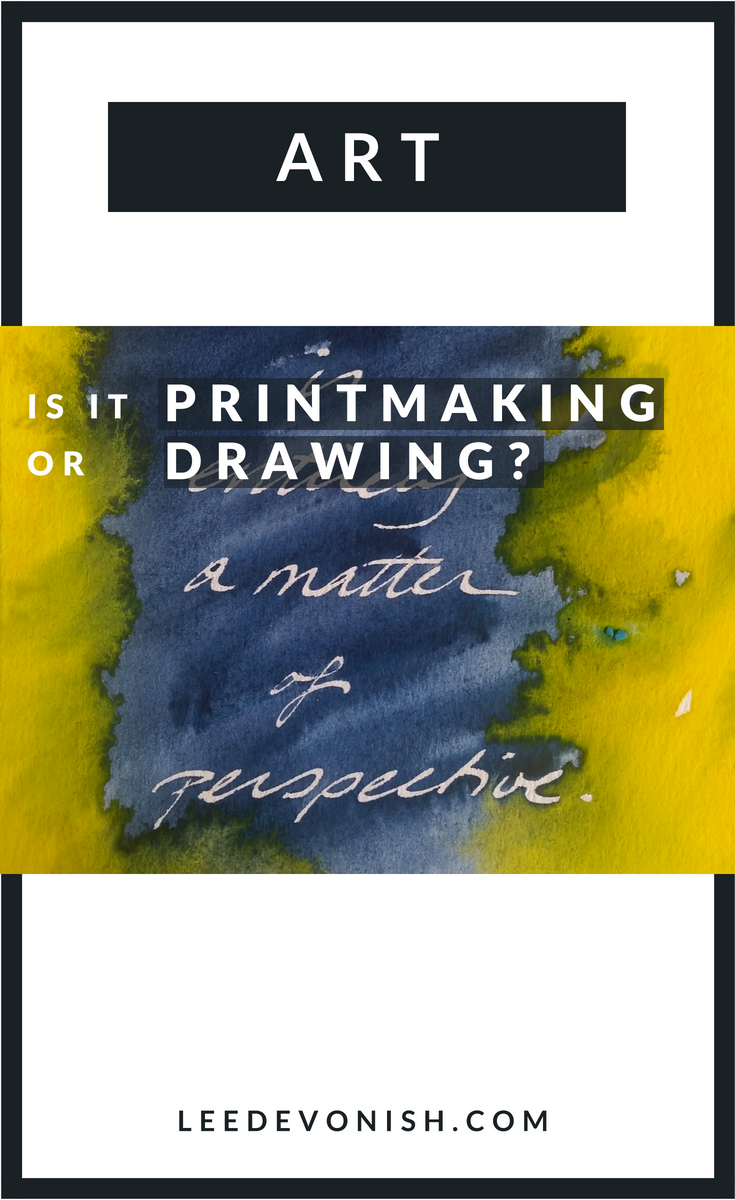



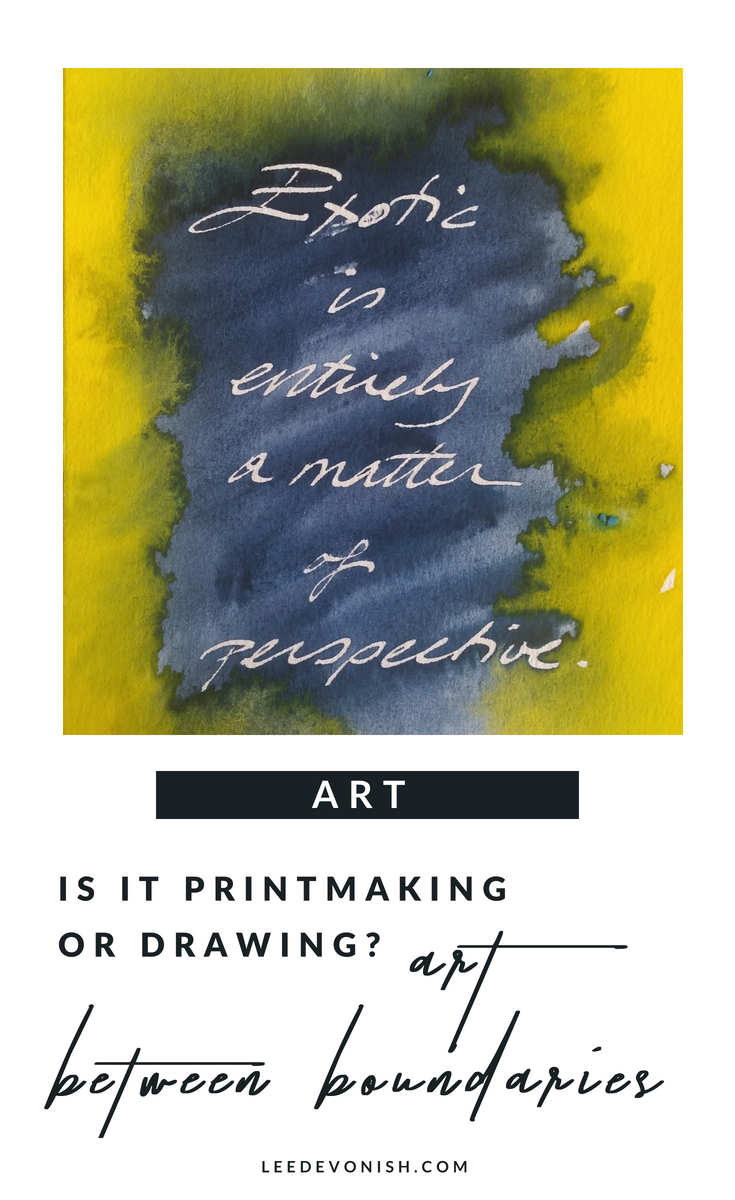
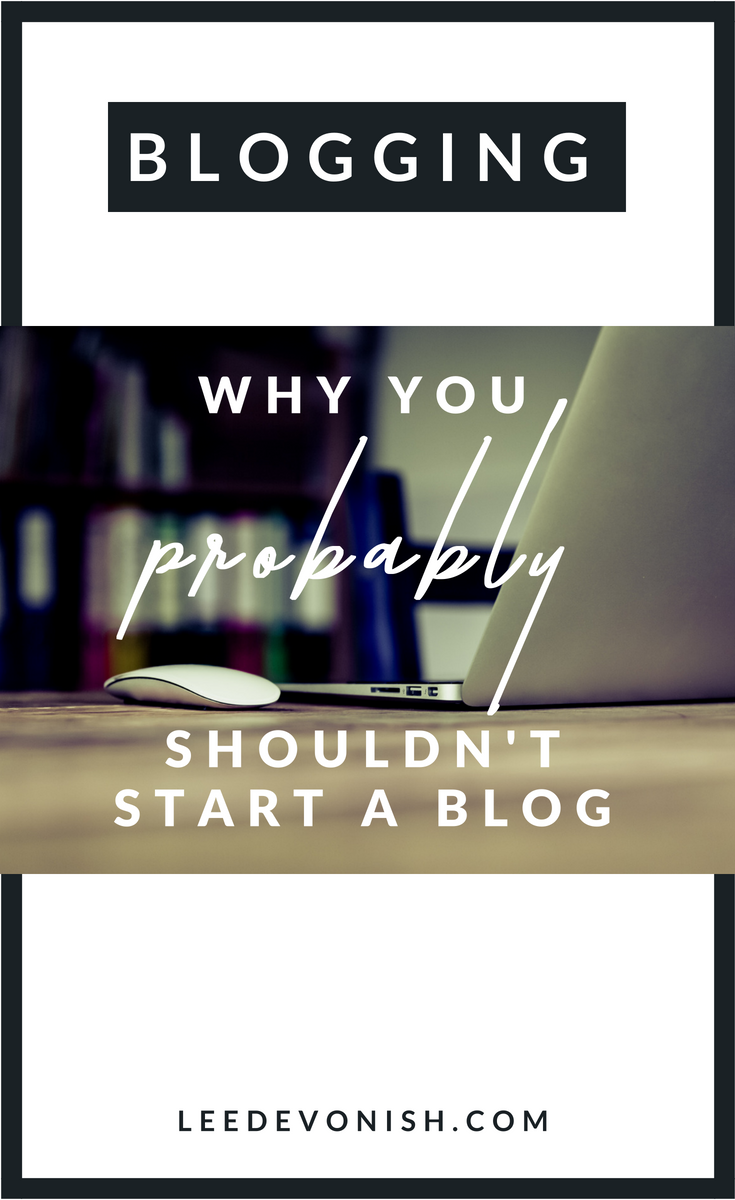


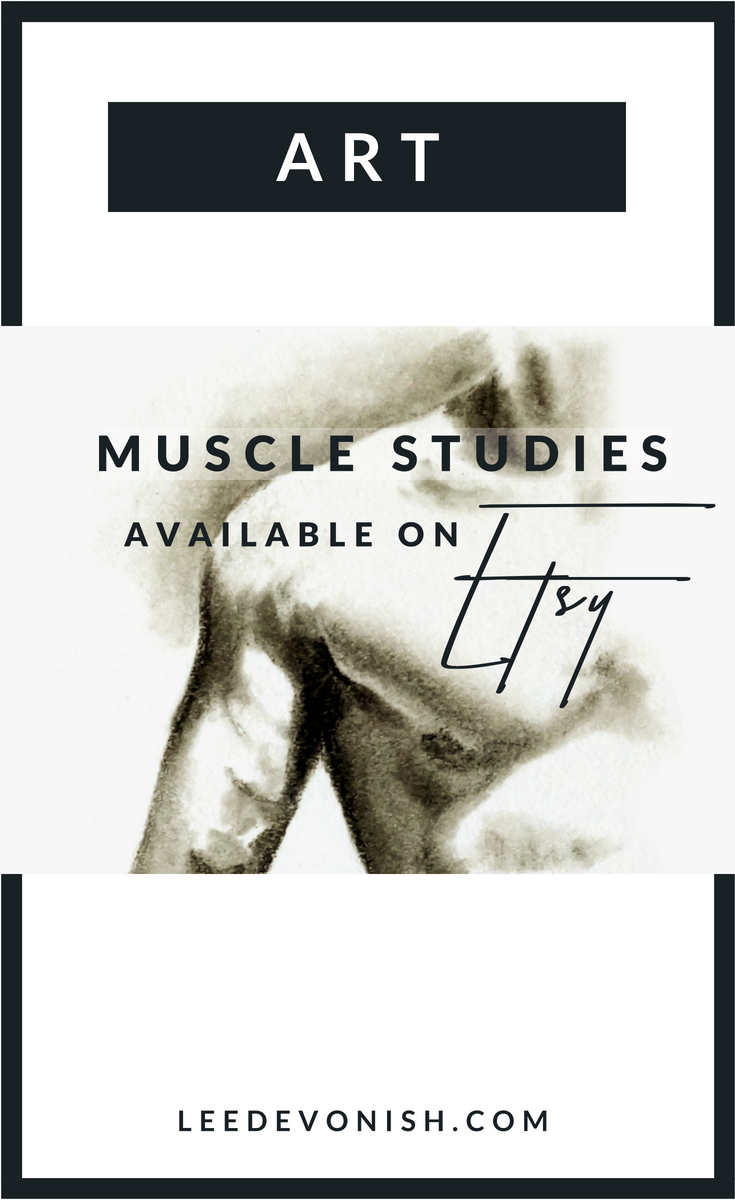





 </div?
</div?

